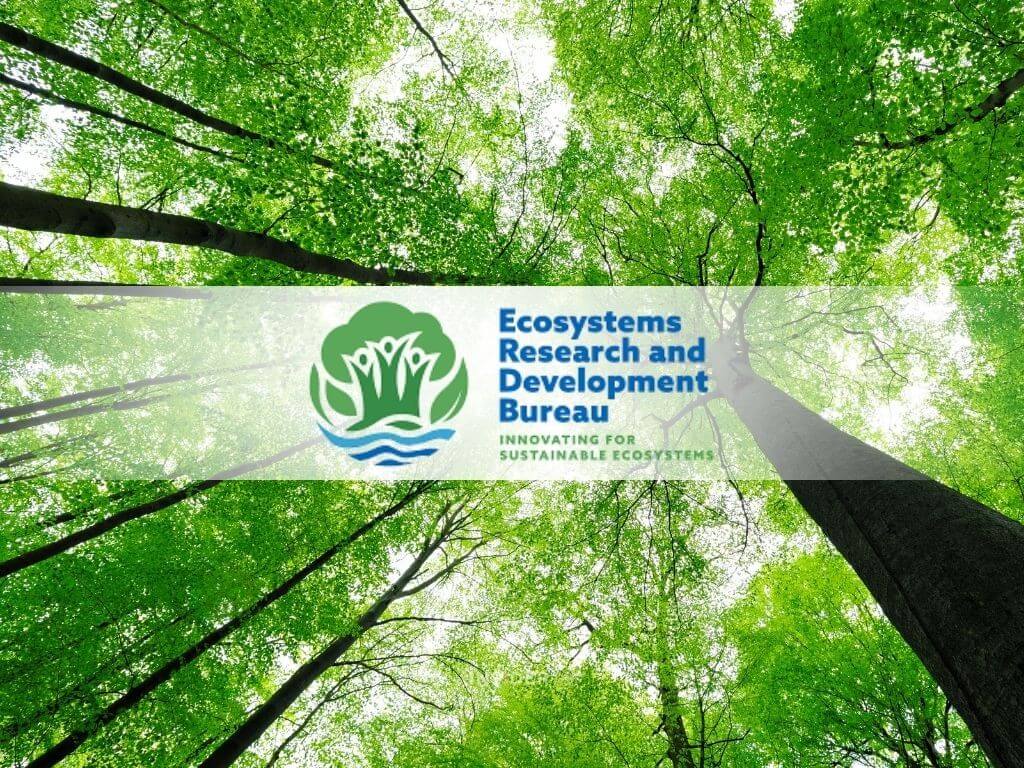

Scientists from the Department of Environment and Natural Resources–Ecosystems Research and Development Bureau (DENR–ERDB) have unveiled the first-ever scientific account of Pag-asa Island’s beach forest ecosystem, published in the August 2025 issue of the Philippine Journal of Science.
Their findings reveal that the 32-hectare island stores nearly 10,000 tons of carbon dioxide (tCO₂)—roughly equal to the yearly emissions of 2,000 cars—while providing habitat for native vegetation that helps stabilize shorelines and sustain biodiversity.
Small Island, Huge Impact
The research team identified 20 plant species from 19 families, including hardy coastal trees such as Barringtonia asiatica (botong), Calophyllum inophyllum (bitaog), and Terminalia catappa (talisai).
Despite limited species diversity, Pag-asa’s beach forest showed exceptional carbon storage capacity due to its large, mature trees.
“Pag-asa’s beach forest may be small, but its ecological value is immense,” said Dr. Jose Alan Castillo, co-author and head of ERDB’s Mangrove and Beach Forest Research Team. “These trees are nature’s living carbon vaults and serve as the first line of defense against storms and rising seas.”
The study found that B. asiatica alone accounts for 85 percent of the island’s total carbon stock, while C. inophyllum contributes 9 percent, making them critical species for future coastal reforestation efforts.
Call to protect beach forests
Satellite data show that Pag-asa’s beach forest cover has declined from 11 hectares in 2017 to less than seven hectares in 2023, prompting researchers to call for stronger conservation measures.
“Beach forests, though often overlooked compared to mangroves, are equally vital in stabilizing coastlines and regulating climate,” Castillo emphasized.
The ERDB team recommends that beach forest protection be integrated into the National Greening Program and climate adaptation strategies, underscoring their role in carbon neutrality and island resilience.
Castillo concluded, “Pag-asa’s beach forest reminds us that even our smallest islands can make a big impact on climate action.” —Ed: Corrie S. Narisma